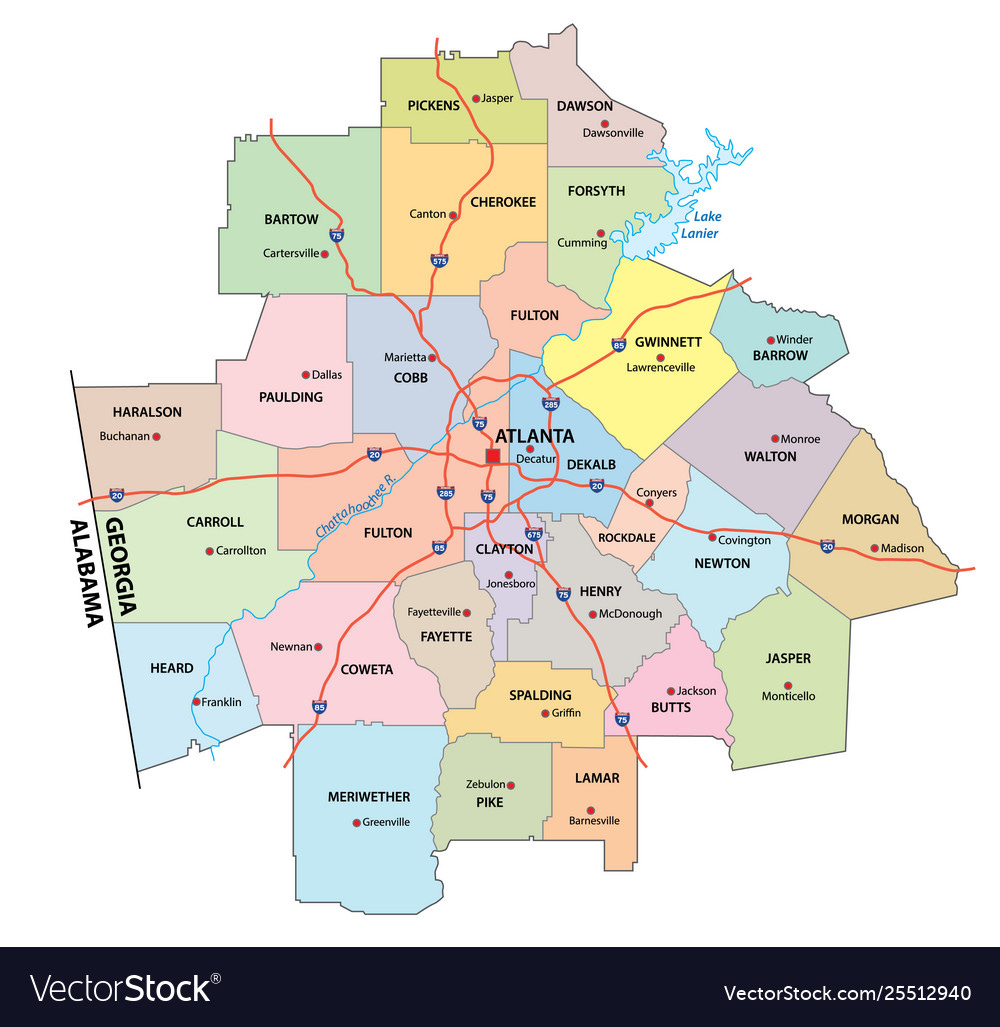Good morning, subscriber!
What a delight to see you again. I hope you’re faring a fraction as well as an overconfident, sculpted gentleman in a tanktop whom I met last weekend. He described Washington, D.C. as a “killer time” which, shockingly, I think he meant in a positive sense. On the other hand, maybe D.C. Bro was warning me about the latest, excruciating revelations from the January 6th Commission.
My humble take on the hearings? It’s vital to reveal the depths of the Trump administration’s shenanigans and commit them to the historical record. The hearings also help raise early alarm bells around 2024 which, if 2020 is any indication, will be “a mess,” warned Rep. Adam Kinzinger (R-Ill.) At the same time, I wouldn’t mind extended public exploration of the white supremacist seeds of the US’ electoral quandary, planted long ago. To see how those seeds are now blossoming in the suburbs, today I want to dive into outdated mentalities toward a different (but related) kind of mess: traffic in Atlanta.
Notoriously, the ATL has some of the worst traffic in the country. Drivers average two hours each week mired in gridlock, and a mega highway called the Downtown Connector regularly has three-mile-long traffic jams lasting four hours or more. This heavy congestion is “a direct consequence of a campaign to segregate the races that unfolded over a century and a half,” writes historian Kevin Kruse. In fact, for eons, Georgian segregationists, first in Atlanta, and then in nearby suburbs, limited access to public transportation for people of color. These efforts are ongoing, and excavating their disturbing history reveals how many of the communities driving the US’ electoral future are physically and politically stuck in the past.

Let’s head back to the years after Reconstruction.
In 1890, Georgia passed segregation statutes for streetcars, the first such laws in the region, that granted conductors almost unlimited police powers. They could order paying customers to move anywhere they chose, eject them from trolleys, and as late as the 1940s (violence warning), even shoot riders. Public bus drivers or “motormen,” armed with revolvers, often did. In just one of many examples, a witness reported that after an exchange of words between a Black passenger and a bus driver, the passenger “saw the motorman’s gun... put his empty hands in the air. And as he did so, the motorman shot him.” The police and courts routinely sided with the drivers, and when a Black World War II veteran wrote a letter of protest over the violence to Georgia Power, the owner of many public buses, the company merely responded that they looked upon such shootings “with a great deal of disfavor.”1 To my knowledge, even Frontier Airlines’ customer service is taught to be more sensitive.
As Atlanta’s Black population grew, so too did the denial of their access to public transit. In 1945, the Southern Regional Council, a Black rights group formed in 1944, reported that “no outlying Negro sections are served by trackless trolleys and buses... These services are made available to many... outlying white sections of the city.”2 Bus companies and streetcar operators (who in some cases, BTW, were open members of the KKK), denied service to Black neighborhoods for years. And once transit companies finally did reach these areas, the few buses that made it out were woefully overcrowded.
The mounting issues led to the revolutionary changes in transit history that students learn about in US schools. I’m of course mainly referring to the invention of the Razor Scooter, and also to the bus boycotts of the 1950s. Taking a cue from MLK, who famously led protests against the segregated buses in Montgomery, Alabama, Black leaders in Atlanta organized their own boycott aimed at “relieving congestion in busses serving Negro areas.” In response to the boycotts, in November 1956, the Supreme Court struck down segregation on buses and other modes of public transportation. As Atlanta also began to integrate its schools and businesses like Coca-Cola pumped money into the city, Mayor Bill Hartsfield bragged that Atlanta had become “The City Too Busy to Hate.”3
Yes, well, kind of. Rather than accept any alteration in the racial status quo, Atlanta’s white residents moved out of the city, mirroring the so-called “white flight” that occurred throughout the country. White holdouts to segregation had an assist from the new interstate highway system, which the Eisenhower administration began funding in June 1956. While the federal government shouldered nine-tenths of the cost of the new highways, local officials selected the paths. As in most US cities, the new highways in Atlanta “steered along routes that invariably ran right through the neighborhoods of racial minorities,” writes Kruse. White planners argued that they targeted the most “blighted” regions for bulldozing, and the residents there simply happened to be Black, kind of like God flooding the earth and then saying whoops, were y’all living there? The rise of highways enabled 60,000 wealthier white Atlanta residents to leave the city during the 60s. When another 100,000 Atlantians moved to the city’s outskirts in the 1970s, a local joke had it that Atlanta had become “The City Too Busy Moving to Hate.”4
This highway-fueled exodus transformed the burbs into a powerful political bloc.





